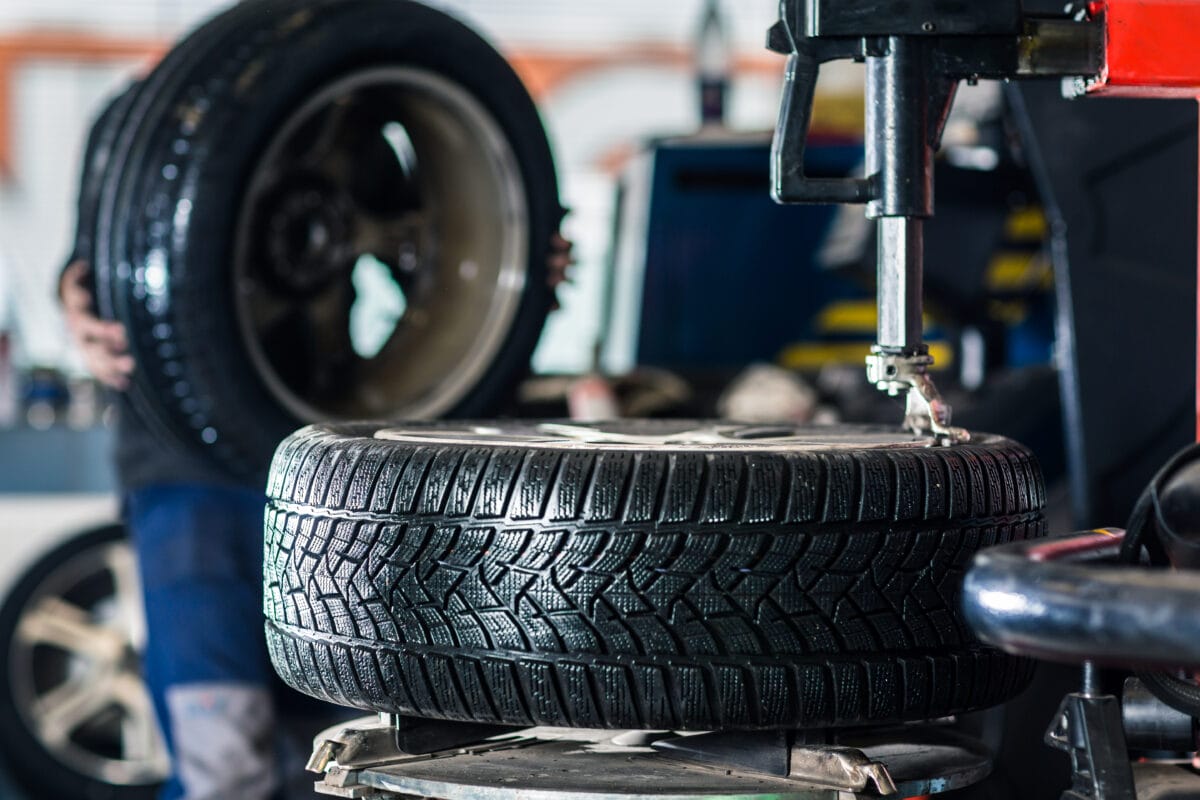If possible, when replacing one tire, you should always try to purchase as close as possible to the existing tires on your vehicle. A matching tire will have the same tread pattern, construction, and size as your existing tires. We never recommend you use mismatched tires unless specifically recommended by the manufacturer of your vehicle.
A few ways drivers will mismatch tires include: using tires with different tread patterns, using tires made by different manufacturers, using tires made for different seasons (summer vs. winter tires) and using tires with different sizes.
Every unique tire is designed for a specific job, a specific handling capability and to work together with a set of matching tires. If you use mismatched tires, your car can experience unpredictable handling and braking, which can be dangerous in an emergency. Additionally, mismatched tires can cause your tires to wear unevenly, making the time to replace your tires again come sooner than expected.
Ideally, you would replace all four tires at once for the optimal driving performance and safety. Replacing all four tires is not always necessary. If you are only going to replace one or two of the tires at a time, try your best to purchase the same brand and tire model you already have on your vehicle.
If for some reason, you cannot purchase the exact tire again, you should do all you can to purchase tires in the same performance category with equivalent load ratings, speed ratings, handling and tread characteristics as your existing tires.
Using tires that don’t match any of the characteristics of your existing tires should only be a route you choose as an absolute last resort or in an emergency. If possible, have the mismatched tire swapped out for a matching one as soon as possible. Using tires with different characteristics and ratings can negatively affect your vehicle’s handling in a dangerous way, so avoid it if you are able.Why You Shouldn’t Mix Tires

